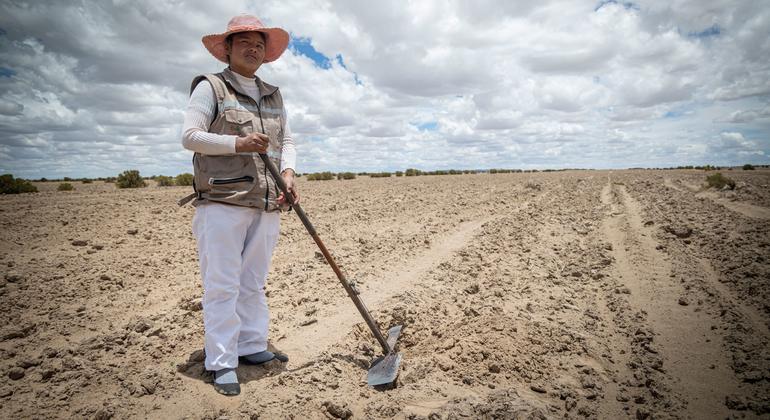Sure! Here’s the translation into American English:
—
Approximately 1.7 billion people live in areas where agricultural yields are declining due to land degradation, a phenomenon primarily driven by human activity. This alarming figure is detailed in the report “The State of Food and Agriculture 2025,” presented by the Food and Agriculture Organization (FAO) in Rome. The document qualifies the situation as a “silent and persistent crisis,” which not only threatens agricultural productivity but also the health of global ecosystems.
Land degradation is an issue that goes beyond the environment, directly impacting food security, rural livelihoods, and sustainable development across several countries. The most comprehensive analysis to date on this issue reveals how the loss of agricultural productivity is linked to problems such as poverty, hunger, and malnutrition.
The study relies on recent data regarding the distribution of farms and crop production, suggesting concrete opportunities to promote sustainable land management. It proposes policies tailored to each context aimed at preventing, reducing, and reversing soil degradation, in addition to increasing food production and strengthening farmers’ livelihoods.
QU Dongyu, the FAO Director-General, emphasizes in the report’s preface the importance of fostering environments that facilitate long-term investment and innovation in land management. According to the report, degradation has reduced crop yields by at least 10% in vast regions of the planet, particularly affecting Asia, where high population density and the debts incurred from degradation exacerbate the situation.
Despite the challenges, the report conveys an optimistic message: restoring just 10% of degraded lands could provide enough additional production to feed 154 million people annually. The FAO calls on countries to adopt integrated land use strategies and promote sustainable practices that are resilient to climate change.
Land degradation is a complex phenomenon, where natural factors such as erosion and soil salinization interact with human-derived pressures. Activities like deforestation, overgrazing, and unsustainable agricultural practices are identified as significant causes of this crisis. Given its direct impact on agricultural productivity, the report focuses on human-induced degradation, emphasizing the urgency of implementing effective and coordinated actions at the global level.
Source: MiMub in Spanish











